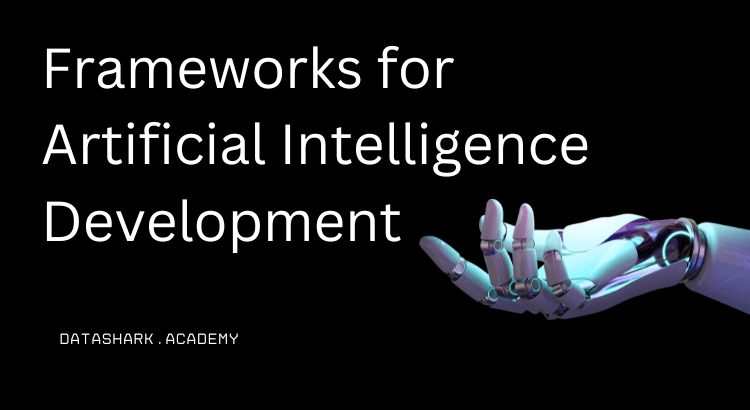As artificial intelligence (AI) continues to gain momentum, the demand for efficient and user-friendly AI development frameworks is also on the rise. Several Python frameworks are available to develop AI applications, each with its own strengths and limitations. In this article, we will compare some of the most popular Python AI frameworks and explore their applications.
TensorFlow
TensorFlow is an open-source platform for developing and deploying machine learning (ML) models. It is developed and maintained by Google and is widely used in the industry for a range of AI applications. TensorFlow provides a high-level API for building and training ML models and supports distributed computing for large-scale applications. It also supports a range of devices, including CPUs, GPUs, and TPUs. TensorFlow is used in image and speech recognition, natural language processing, and many other AI applications.

PyTorch
PyTorch is another popular open-source framework for developing ML models. It is maintained by Facebook and provides a dynamic computation graph that allows for easy debugging and experimentation. PyTorch supports a range of neural network architectures and has a user-friendly interface that simplifies the development process. PyTorch is used in image and video recognition, natural language processing, and many other AI applications.
Keras
Keras is a high-level neural networks API that is built on top of TensorFlow. It provides a simple and intuitive interface for developing ML models and supports a range of neural network architectures. Keras is easy to use and allows for quick prototyping of models. Keras is used in image and speech recognition, natural language processing, and many other AI applications.
Scikit-learn
Scikit-learn is a popular Python library for machine learning that provides a range of algorithms for classification, regression, clustering, and more. It is easy to use and provides a range of tools for data preprocessing and model selection. Scikit-learn is used in a range of AI applications, including image and speech recognition, natural language processing, and more.
Theano
Theano is a popular Python library for developing and deploying ML models. It is used for developing deep learning models and supports a range of neural network architectures. Theano is easy to use and allows for quick prototyping of models. Theano is used in image and speech recognition, natural language processing, and many other AI applications.
Comparison of AI Frameworks
| Framework | Developer | License | Language | API | GPU Support | Distributed Computing |
|---|---|---|---|---|---|---|
| TensorFlow | Apache 2.0 | Python | High-level API | Yes | Yes | |
| PyTorch | BSD-3 | Python | Dynamic computation graph | Yes | Yes | |
| Keras | MIT | Python | High-level API | Yes | No | |
| Scikit-learn | Community | BSD-3 | Python | Low-level API | No | No |
| Theano | Montreal Institute for Learning Algorithms | BSD-3 | Python | Low-level API | Yes | Yes |
Conclusion
Each Python framework has its own strengths and limitations. TensorFlow is widely used in industry, PyTorch has a user-friendly interface, Keras is easy to use and allows for quick prototyping, Scikit-learn provides a range of algorithms, and Theano is used for developing deep learning models. It is important to choose a framework that best fits the needs of the project and the skillset of the team.


